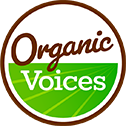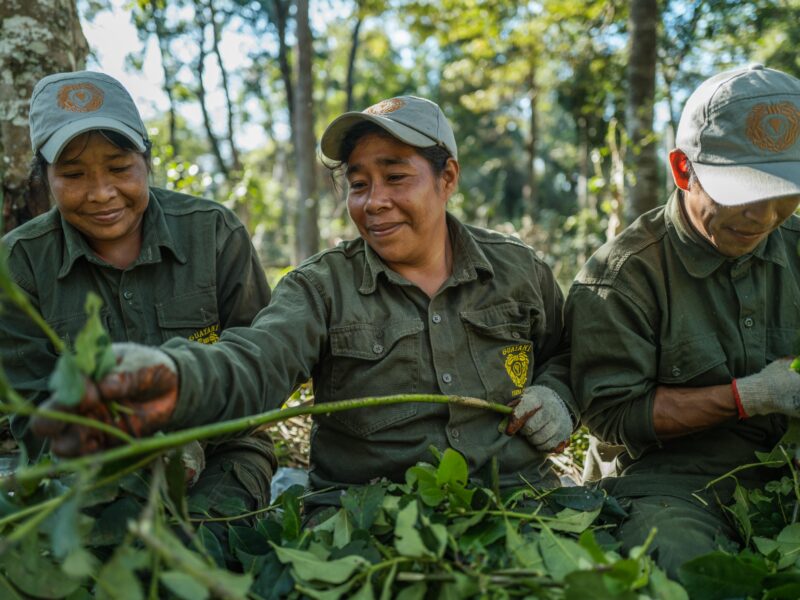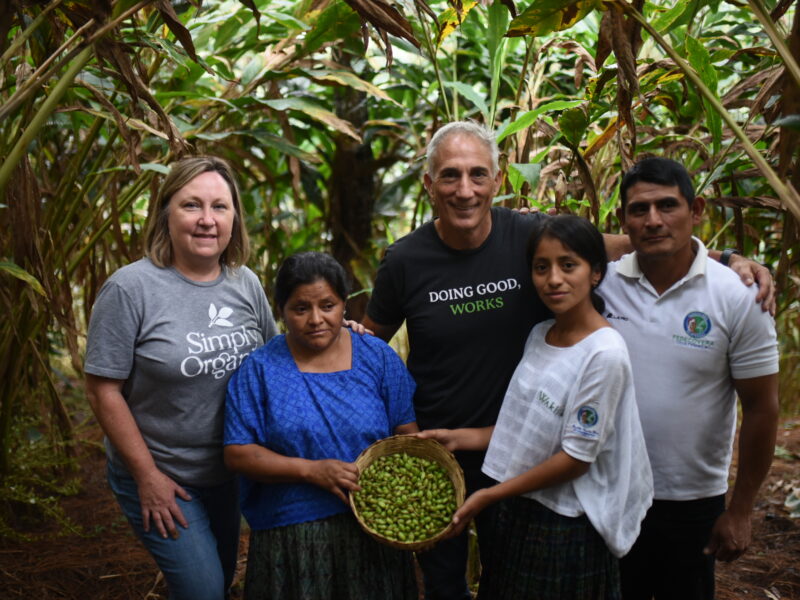About This White Paper
This white paper has been compiled by associates and advisors of Organic Voices, a 501(c)3 nonprofit organization whose mission is to help consumers better appreciate and eliminate confusion about the benefits of certified organic.
Many of our constituent partners, organizations, and companies have reported significant consumer confusion about the differences between USDA-certified organic (including regenerative organic certification) and non-organic regenerative claims and representations. Much of the literature and presentations by some non-organic regenerative advocates have promoted comparisons between the terms that are confusing or misleading. In addition, many of our partners have raised particular concerns about new consumer-facing labels for non-organic regenerative claims that have been developed by for-profit entities.
Various certification experts and scientists who have looked into these labeling programs are deeply concerned that many methodologies lack the objectivity and integrity that consumers and retailers expect.
For these reasons, and to help reduce consumer and retailer confusion, we asked a number of credentialed scientists, agronomists, and other experts to examine the claims and practices of non-organic regenerative advocates and labeling schemes, and to catalog published studies and findings that challenge or raise concerns about these claims.
Unfortunately, the public debate and discussion about regenerative is often emotional, with high levels of passion and even ferocity. Many of the scientists and advisors who contributed to this compendium work closely with regenerative advocates and have witnessed and experienced personal attacks in response to having raised questions or concerns about regenerative advocates’ claims. Some actually fear that their jobs and livelihoods could be jeopardized in retaliation for voicing these concerns. Consequently, our contributors have requested that their identities are not disclosed, to keep the discussion focused on the science and the message, and not the messengers.
Because our mission is to combat confusion, we want to be fully transparent about our sources. Readers will see the extensive referencing and footnotes in this discussion. We encourage anyone with concerns about the facts or views cited or represented in this paper to examine the references. We welcome feedback and comments at info@organicvoices.org.
Executive Summary
RegenifiedTM, Regenerative VerifiedTM and Regeneratively GrownTM are new labels for regenerative agriculture. Unlike organic agriculture, which is defined both by global stakeholder consensus and in federal law and regulations, there is no consensus or legal definition for regenerative agriculture. Labels have been introduced for regenerative agriculture by not-for-profit organizations, as well as for-profit companies. Three of the labels by for-profit entities – RegenifiedTM, Regenerative VerifiedTM and Regeneratively GrownTM – deserve a closer look into their standards, and mechanisms for verification. For consumers looking to purchase foods from farms or ranches that met standards for regenerative agriculture, these labels fall short in several critical ways.
A review of the RegenifiedTM standard raises the following concerns:
● It fails to prohibit major pollutants in agriculture:
○ Limits a farmer’s ability to use non-chemical methods of weed control by severely restricting and ultimately prohibiting the use of mechanical tillage and cultivation
○ Allows the use of herbicides, insecticides, fungicides, and other chemical biocides without any restrictions on toxicity
○ Allows the planting of genetically engineered herbicide-tolerant crops
○ Allows the use of synthetic nitrogen fertilizer, a major source of greenhouse gas emissions, water contamination (surface- and groundwater), and eutrophication.
● It fails to assess or ensure target outcomes for positive environmental impact:
○ Will bring about increases in carbon only in the top layers of soil, thereby missing opportunities to sequester carbon deeper in the soil profile
○ Only calls for measurement and tracking of soil quality and health parameters in the top few inches of soil
○ Requires expensive soil tests that are not widely accepted as reliable indicators of the impact of farming practices on soil health and carbon sequestration, nor widely suited to track soil health in all regions, soil types, and farming systems
○ Misses the major climate impacts of ongoing fertilizer dependence (especially nitrogen) and on-farm fossil fuel use
○ Does not require monitoring for outcomes related to water quality (including herbicide pollution), above and below-ground biodiversity, energy use, animal welfare, or social impacts.
● It is largely subjective, without third-party verification or supply chain integrity standards
○ The standard consists primarily of guidance to implement an esoteric framework(“6-3-4TM”), with few requirements clearly linked to desirable outcomes that can be verified and enforced by a neutral third party
○ Third-party inspections are not required, and there is no separation between the standard-setting body and the entity performing the on-farm evaluations
○ The standard is written and updated without public input and engagement
The standard has no supply chain integrity safeguards such as segregation and traceability requirements and allows farmers who meet the standard on 20-40% of their agricultural land base to market all their crops as RegenifiedTM.
Regenerative VerifiedTM and Regeneratively GrownTM are offered by the for-profit company Soil Regen, LLC. There is no publicly available standard for these two labels. The company’s website shares “Process Information.” A review of this document raises concerns. Soil Regen, LLC imposes two requirements to use their Regenerative VerifiedTM and Regeneratively GrownTM labels. Farmers and ranchers must: (1) submit and pay for a Haney soil test done at Regen Ag Lab, and (2) submit at least one piece of documentation showing they have implemented at least one practice that they consider to be regenerative. There is little or no guidance or requirements governing:
● How soil samples are to be collected and how many samples are needed across a farm or ranch operation
● How the identified, regenerative practice is being implemented within a farming system, how widely it is being adopted across a given farm or ranch, and its expected benefits. As with RegenfiedTM, Regenerative VerifiedTM and Regeneratively GrownTM standards include:
● No meaningful discussion, limits, or guidance on the use of chemical inputs including synthetic fertilizers, herbicides and other pesticides, GMO seeds, and non-soil systems
● Failure to address several core elements of regenerative agriculture including protecting water quality, above and below biodiversity, animal welfare, and farmworker health and safety
● No third-party inspections of the farms or ranches nor ways to confirm meaningful progress toward any measurable goal. The intent and contribution of consumer-facing food labels is to reward meaningful and positive change on farms and ranches in areas that consumers care about. To accomplish this goal, label programs must set a baseline that captures at least some of the important performance attributes and addresses the major shortcomings of current practices and systems. Baselines must also provide a way to verify positive change toward goals for improvement embedded in the program’s standards and requirements. Some, and perhaps most consumers expect and hope that food labeled “regenerative” will be grown without heavy and routine use of pesticides, animal drugs, genetically engineered herbicide-tolerant seeds, and synthetic nitrogen fertilizers. Those consumers that rely on the RegenifiedTM, Regeneratively GrownTM, and Regeneratively VerifiedTM labels in guiding purchase decisions could lose confidence in all such label programs as they become aware that these labels do not address the use of practices and inputs consumers are seeking to avoid and regard as incompatible with safe and sustainable “regenerative” agriculture.
An important part of the “pitch” to consumers made by the proponents of these three labels is that they are superior to other labels in the marketplace, including certified organic or ‘regenerative organic certified’, in promoting changes in farming systems that enhance soil health, produce safer and more nutrient-dense foods, keep the water clean and pollinators alive, and help mitigate climate change. These assertions are sure to trigger close scrutiny from consumers, farmers and ranchers, food companies, organizations, the government, and perhaps even the legal system.
The American public is increasingly aware that how food is grown and processed has important and in some cases profound impacts on their health, the quality of life in rural communities, and the planet. Label programs that lack meaningful standards and a way to verify positive outcomes will likely fall by the wayside. Labeling programs that appear designed to promote for-profit businesses and proprietary soil testing methods and labs will, in particular, be subjected to close scrutiny and may struggle to retain consumer confidence.









